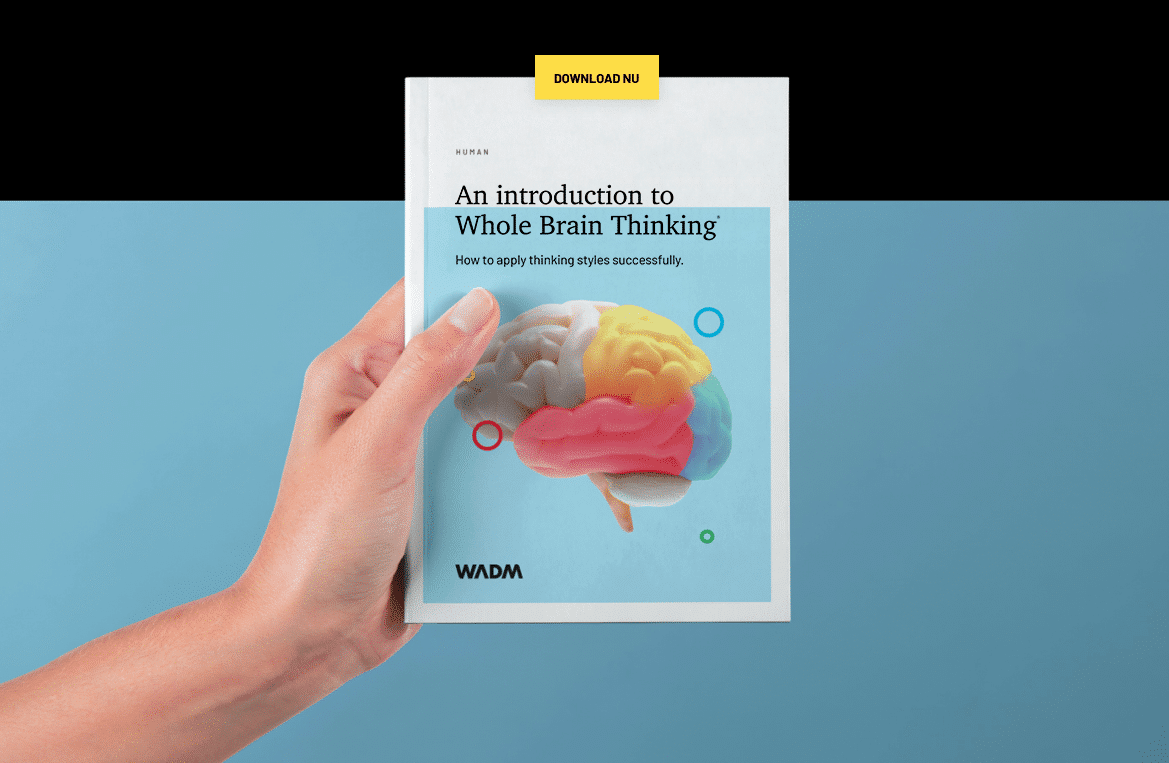Two key forces that make SEO even better

What organization doesn’t want their website to be found better by Google? Exactly. That’s why everyone is fanatically focusing on the right keywords. And rightly so. No company can do without a professional approach to SEO – Search Engine Optimization.
The right keywords
It is a development that has caused more and more organizations to think more carefully about what customers want in recent years. What are they looking for? What do they want to know? The signals that (potential) customers leave behind via the search engine Google online (keywords and search queries) determine how Google evaluates websites. It has influenced the search engine algorithms considerably. Thus, those signals are crucial to how companies are forced to choose their words. On the Internet in general and on their website in particular. The use of words is becoming more and more thoughtful by a good copywriter invariably used to make texts easier to find. In headers, subheaders and in body texts.
A good layout
For example, for good SEO text on the website, the so-called H1 is important – the headline that contains the keyword. In addition, it is very smart to pay attention to the H2, the sub-heading where other important search terms are used. And in the first paragraph of the article, it is also advisable to incorporate the keyword, or keywords, in the correct proportions in the text. Putting the text in bold helps, but (apart from use with headers) quickly becomes cluttered and does not improve readability. The breadcrumb trail can help. Just like the correct file names or captions of images; Google is getting better at recognizing images, but until then we will still have to indicate what the image is about. The combination of all these details affects how Google looks at a website, and this opens up countless opportunities. A “search engine friendly” URL that includes the keyword is always helpful. As well as a relevant meta description that includes the keyword. With a professional SEO approach, the written language cannot complain about attention, shall we say. At least, the use of “the right words” gets a lot of attention. Language, is something else.
Uttering better language
For as important as a good SEO strategy is, two other forces make SEO a lot more successful. One of them is actually an inside joke. Once you’ve chosen the right keywords and thus increased the chances of the website attracting more visitors, you’re not there yet. After all, if you stick a few interesting keywords in a row, you don’t have a good text yet. Let alone a text that appeals to your target audience. Brands must do their utmost to capture and hold readers with their texts anyway. And with simply picking really good keywords, there is no way you can keep the reader or (potential) customer. In addition, your competitor – if it is a smart competitor – is suspiciously choosing the same good keywords. To captivate readers and make them fans of your brand for a long time, you need optimal texts. With relevant content, not to mention a tone of voice that appeals. Text, then, that sticks. For the sake of convenience, let’s call this CSO – Content & Style Optimization. The search engines, such as Google’s, are so cleverly constructed that the brand that best matches the customer’s signals shows up at the top of the search results. Exactly what you want as a brand, as an organization. Top. However, Google cannot prevent visitors from immediately leaving the website again if they encounter texts that lack content, that do not inspire, that do not appeal. CSO ultimately proves indispensable for real success with SEO. Moreover, your site will be judged by Google if visitors leave the site too often, too quickly. ‘That must not be an interesting website then,’ is Google’s free interpretation.
“In a professional SEO approach, the use of
the right words a lot of attention. Language, is something else.”
Attention to thinking styles
So what is this second force that makes SEO even more valuable? The answer is: take into account the diverse thinking styles, apply neuromarketing. Just as it is critical to use the right keywords tailored to people’s searches, it is advisable to take into account people’s different thinking styles. Short but very specific: people with a logical and rational thinking style can usually be “caught” with a text that is to-the-point, doesn’t beat around the bush. The choice of words should also reflect this. People in whom an emotional thinking style is more dominant generally like a more narrative writing style with a slightly different choice of words. For people in whom the practical thinking style is more dominant, it is important to include examples and make it clear what consequences choices have for logistical steps, for example, or for various fees. If the creative thinking style is more present, the text should be far from average and should contain enough textual stimuli to hold attention. By consistently applying NMO – Neuro Marketing Optimization – SEO becomes even more valuable. What this means for the texts on your website? Create a good mix of all the prerequisites to appeal to the main thinking styles of your target audience(s). It increases the likelihood that visitors will stay on the website longer and also that visitors will be able to find the right info faster. In addition, it promotes conversion, no matter what conversion tools you have linked to the website.
A plan with substance
The above already indicates that SEO should be part of a larger plan. A plan that is linked to the positioning strategy of your brand or your organization. And with that, of course, it must also be linked to the specific characteristics of your target group(s). In terms of SEO, it’s smart for your brand to create a content plan for a quarter, six months or a year. And within that, very consistently carry out the work that has been determined in advance. Taking into account the objectives, the target groups, the media channels used by the target groups, the relevant topics you want to communicate about. Also think about when and where it should be a blog, or video, or a white paper. And think about the best frequency. Plan everything out as much as possible. No business can do without a professional approach to SEO, but this involves much more than just determining the right keywords.
Want to know more?



Never miss valuable insights again
Enrich yourself with our opinions, tips and downloads. Leave your email address and we’ll notify you when a new article appears.


